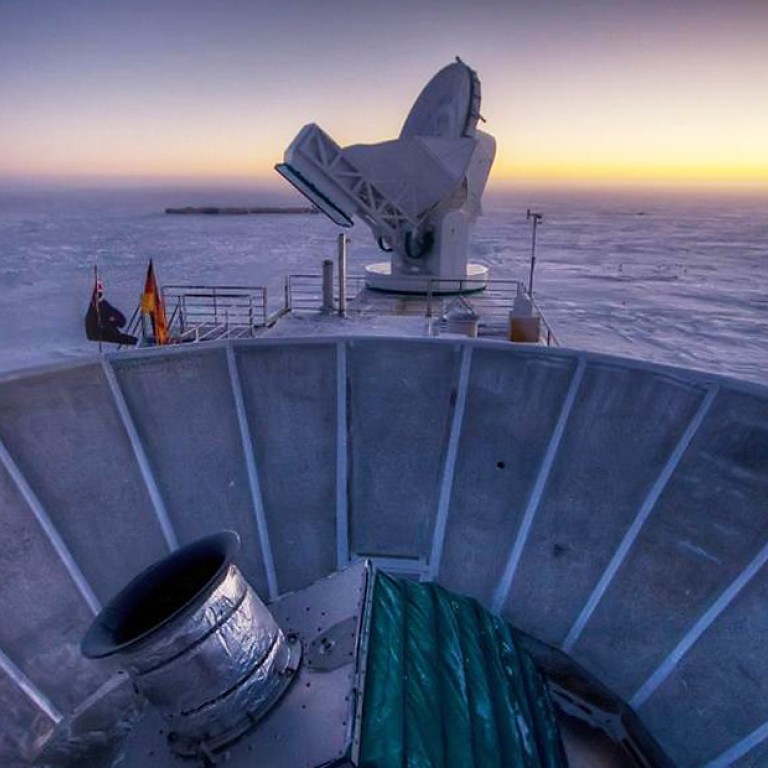
Waves from the dawn of time, or just the swirl of cosmic dust?
The esoteric field of cosmology exploded into front-page news in March when scientists announced at a news conference at Harvard University that they had seen signs of gravitational waves emanated at the dawn of time.
The esoteric field of cosmology exploded into front-page news in March when scientists announced at a news conference at Harvard University that they had seen signs of gravitational waves emanated at the dawn of time.
Then came the peer-review process, and now the same scientists have published a revised and updated version of their original paper, acknowledging that it is possible they detected only an effect created by dust in our own galaxy.
The scientists behind the BICEP2 experiment had noted all along that galactic dust could contaminate their observations to some degree. But they originally said the signal of these gravitational waves was far too strong to be explained by anything in the foreground.
Now, though, in their peer-reviewed paper published in the journal , the BICEP2 team state that it cannot "exclude the possibility of dust emission bright enough to explain the entire excess signal".
This is not a retraction but rather an acknowledgment of the controversy that has been building for months, ever since the much publicised March 17 news conference at the Harvard-Smithsonian Centre for Astrophysics. The scientists continue to believe that they have seen the signal of "cosmic inflation", a sudden, exponential enlargement of the baby universe in the first moments after the big bang.
But other scientists have pointed out that the BICEP2 team may have seriously underestimated the amount of foreground dust that could mimic the effects of dawn-of-time gravitational waves.
John Kovac, the leader of the BICEP2 team, said: "I don't think there are major new developments here, just the usual peer-review revision process with typical additional detail and clarifications added. But we'll see what others make of it."
